Sports watch purchasing advice: how to choose the right product
- What You Need to Know
- Sports watches function as personal health and fitness assistants by storing and evaluating different measurements and body values.
- Competitive runners attach importance to a professional measurement of their vital signs, while casual joggers are content with a distance measurement.
- For swimming, water resistance is particularly important; mountaineers and hikers, on the other hand, need a watch with a long battery life.
- For the watch to be able to determine body values, it must fit snugly on the wrist. The design is also crucial for comfortable use.
Training analysis for success
Swimming, running or jogging – sport is part of everyday life for most of us. According to the online statistics portal Statista, around 15 million Germans do sport several times a month, and over eleven million even several times a week. For many, it is important to keep an eye on their training schedule. This way, they can achieve the goals they set themselves easily and quickly. Sports watches are exactly the right helpers for this purpose to optimise one’s own sporting life.
What is a sports watch?
Sports watches provide an in-depth insight into the workout. Depending on personal preferences, the desired model and the type of sport practised, athletes can choose from a wealth of products. There are smart watches with music and payment functions, professional heart rate monitors for trail runners or multisport athletes and running watches for hobby joggers. All these devices have one thing in common: they can record, store and evaluate every movement. In addition, sports watches provide much more data, such as heart rate, total speed, step frequency and altitude metres. Small sensors enable the documentation and analysis of all values. Some models also have additional functions such as navigation, WLAN or Bluetooth.
What are the advantages of a sports watch?
As a digital training diary, running and sports watches enable a precise analysis and evaluation of the training, exact training planning and better tracking of one’s own successes. They can also provide a motivational boost, because simply counting the number of steps you take each day usually spurs you on to surpass yourself. As a result, the personal performance curve rises with positive effects on health. The rising performance curve is not only a confirmation, but also serves as further motivation to follow the successful, optimised training plan. The calories burned, the kilometres covered and the climbs mastered can now be viewed and documented. With a fitness watch, you can set and formulate your goals more clearly. Whether you want to increase your muscle strength, increase fat burning or do something for your own mental well-being.
WHO recommendation
The importance of exercise for physical fitness and disease prevention is also emphasised by the World Health Organisation. The WHO recommends half an hour of exercise daily to stay healthy in the long term.
Last but not least, a sports watch can protect you from overtraining or overstraining. Since you can always keep an eye on your values, such as your pulse, fitness trackers help you to stay within the healthy, targeted ideal pulse range. Devices with the appropriate sensors also measure your heart rate and signal if it is too high or too low.
The sensors of the sports watch
The sensors record all relevant data and provide the decisive measured values. They document steps, distance, pace and much more.
GPS receiver
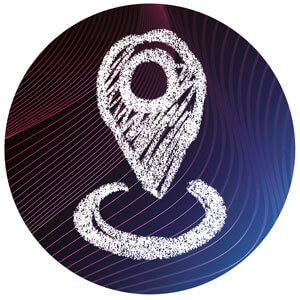
The GPS receiver’s job is to determine your position. The sensor records your movements as well as your current location – to within a few metres. If the receiver works over a longer period of time and collects the data continuously, detailed movement profiles can be created.
Bioelectric sensor
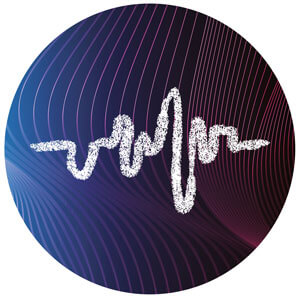
The bioelectric sensor helps to record your most important body values. These include muscle mass, body fat and water percentage. The bioelectric sensor works like a bathroom scale. A very weak current is passed through the body, after which the resistance is measured. Depending on the conductivity of the current, it is possible to draw conclusions about individual body values such as fat percentage or water.
Motion sensor
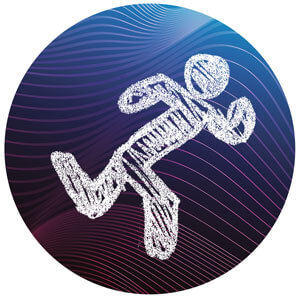
This sensor documents the speed and the distance covered. Motion sensors can be divided into the acceleration sensor and the gyroscope sensor. While the gyroscope sensor records the user’s rotational movements, the acceleration sensor records the straight-line movement. Both sensors work synchronously and deliver the respective data at the same time.
Barometric altimeter

Air pressure is the most important parameter used in the barometric altimeter. This value is particularly interesting for hikers, mountaineers and sport climbers. The further they are above sea level, the more the air pressure drops. Sports watches with a barometric altimeter recognise corresponding changes and give possible warnings when the air is getting too thin.
Sp02 sensor
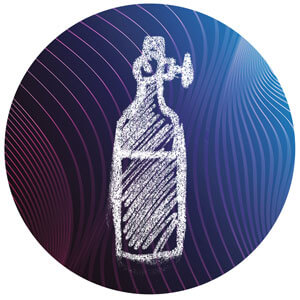
This sensor measures the oxygen saturation in the blood, also known as SpO2; the measuring principle is called pulse oximetry. In athletes who go over their limit and overload themselves, the value drops – a sign of oxygen deficiency. To provide valid data, the watch must fit perfectly and not slip. If the watch is too loose, the results are more likely to be inaccurate.
Optical sensor
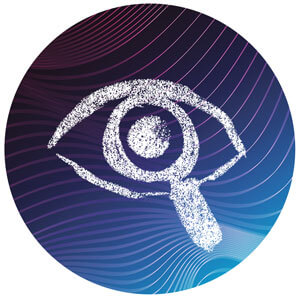
For a fitness watch to measure your pulse, it needs an optical sensor. This is usually located on the inside of the watch. The measurement is taken on the wrist of the wearer by means of various light pulses: by receiving and transmitting certain pulses, it is possible to determine the amount of blood under the skin. This information is sufficient to deduce the heart rate.
What should be considered when buying a sports watch?
When buying a sports watch, the functions as well as the features of the device are most important. It should fit your sport and meet your requirements. Size and weight are also crucial. Since the watch is on your wrist and is worn during sports, it should be handy and provide a comfortable feeling when worn. The design often determines whether the watch fits your wrist. In order to be able to use all the functions during sport, the display should be large enough and easy to operate. To ensure that the sports watch accompanies you during a long training session and equips you for the demands of sport, a high battery capacity and robust workmanship are recommended. Make sure that the watch is compatible with other devices so that you can evaluate your data.
The most important functions and features
No matter what type of athlete you are, sports watches are suitable for anyone who wants or needs to exercise:
- For ambitious professional athletes who go running several times a week
- For anyone who needs to stay fit for professional reasons, such as police officers, paramedics and occupational therapists
- For occasional athletes and recreational athletes who only do sport sporadically
Sports watches help you to keep a constant eye on your performance and physical functions. The functions of your sports watch depend not only on whether you do sport at a competitive level or only occasionally, but also on the demands you place on your training. Some functions are considered standard, while others are additional features that you can do without.
The basic functions and features of a sports watch include heart rate measurement and a GPS and alarm function. Other particularly practical features include an integrated MP3 player and high water resistance.
The pulse of time: heart rate measurement
Sports watches show the frequency of your heartbeat. If your pulse rate is too high, you should slow down a little so that your pulse rate regulates itself. Thanks to the watch, you know whether you are still in the optimal training zone. A chest strap is not necessary for heart rate measurement; instead, the heart rate is measured on the wrist via the wristband.
Positioning and navigation
GPS stands for “Global Positioning System” and is a satellite-based positioning system for determining position. Many running and sports watches come with these functions. This allows you to precisely monitor and record the kilometres covered, the exact distance and the time-distance ratio. Real-time satellite navigation is especially important for (professional) endurance athletes who want to log their performance curve.
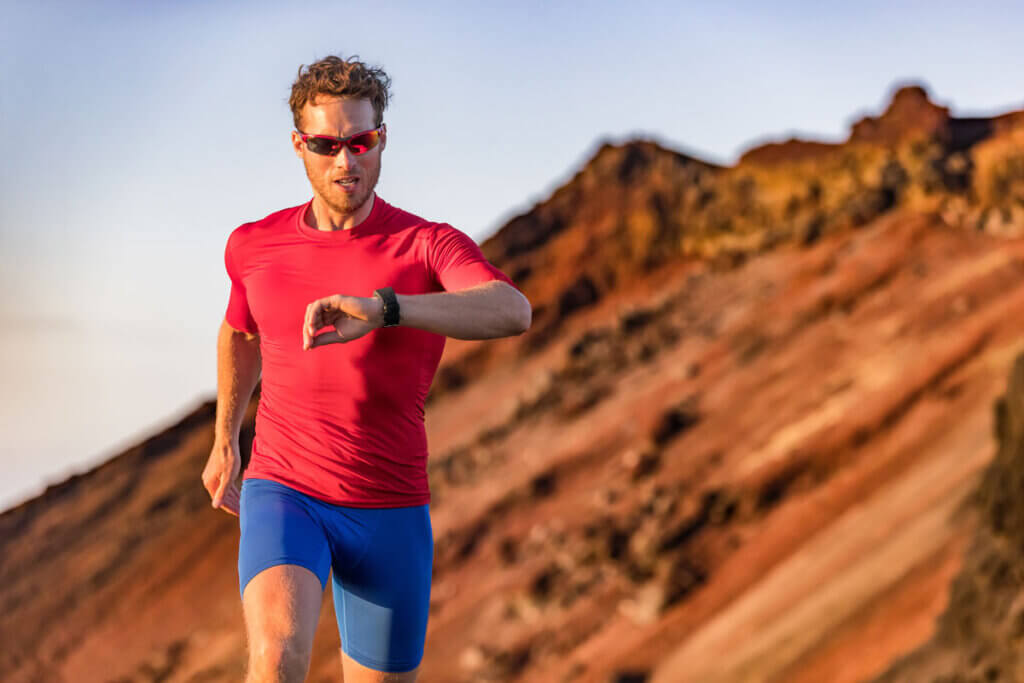
But the GPS function also offers various advantages outside of sports. The device also serves as a simple activity tracker that records your movements in everyday life.
Indicative mini-assistant: the alarm function
High-performance sports watches have a variety of alarm functions. The device thus functions as a personal assistant that checks whether you have reached your defined goals or are straying from recommended values. Many fitness watches alert you depending on the situation or event, for example when you have reached your set weekly goal, certain stage goals, route distances or routes. The watch also informs you immediately if you exceed your individual heart rate zone, if the heart rate measurement continues after a recording stop or if calls, push, social media or chat messages arrive. You can set the conditions when the sports watch should trigger the alarm and in what form this should happen, i.e. ring tone, volume, vibration, in advance.
Motivation through music: the MP3 player
Whether you’re working out, lifting weights or running: Music can spur on and drive athletes to peak performance. That’s why more and more manufacturers are producing sports watches with integrated MP3 players. For example, the manufacturer Garmin offers its Vivoactive 3, Forerunner 645 and Fenix 5 models with an MP3 player with sufficient storage capacity for several hundred music tracks. The US manufacturer Fitbit offers lower-priced music sports watches, especially the Versa model series. This means you always have your favourite songs with you and can leave annoying additional devices such as the MP3 player or smartphone at home during sports.
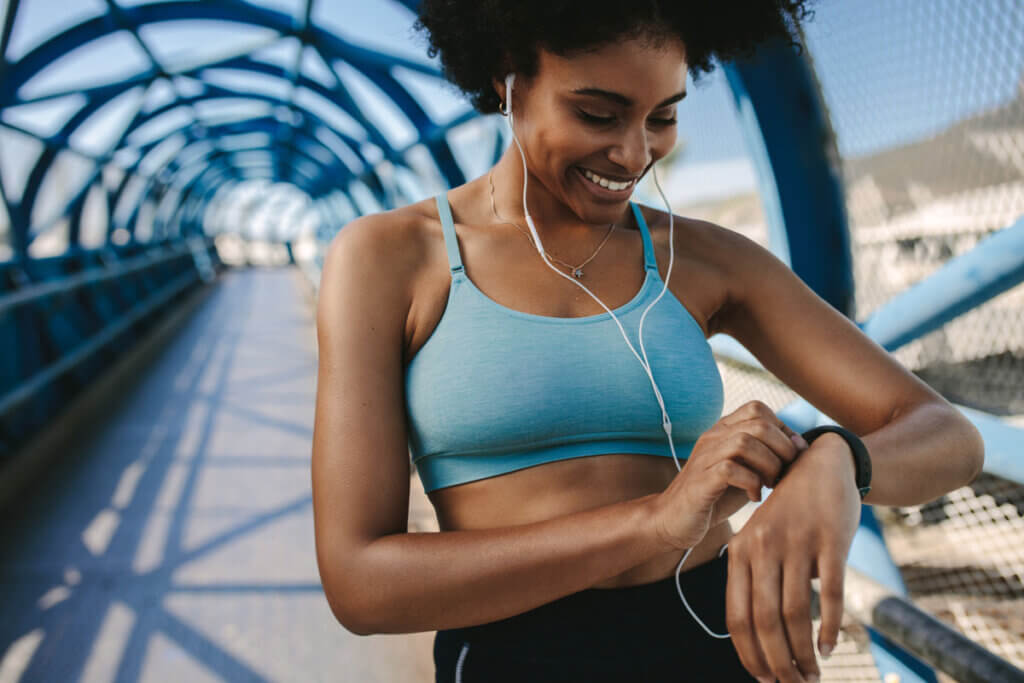
For the cool water: water resistance
Friends of swimming sports also want to see their current performance values and find out where there is potential for optimisation. Here, information such as the time for a swum lane or the number of strokes is relevant. To be able to use the sports watch in the water, it must be waterproof. Waterproof sports watches usually have corresponding functions for swimming, such as recording the SWOLF value, a unit of measurement for swimming efficiency, which is calculated from the number of strokes per lane and the time required.
Water resistance is expressed by the so-called IP value. This consists of two digits: The first describes the protection against foreign bodies such as dust and the shock stability, the second number stands for the waterproofness.
| Code number | Protection against foreign bodies and contact | Protection against water |
| 0 | No protection | No protection |
| 1 | Protected against foreign bodies smaller than 50.0 millimetres | Protection against dripping water |
| 2 | Protected against foreign bodies smaller than 12.5 millimetres | Protection against spray water |
| 3 | Protected against foreign bodies smaller than 2.5 millimetres | Protection against splashing water |
| 4 | Protected against foreign bodies smaller than 1 millimetres | Protection against splash water with high pressure |
| 5 | Protected against dust in harmful | Protection against water jets |
| 6 | Dust-tight | Protection against high-pressure water jets |
| 7 | – | Protected against temporary immersion |
| 8 | – | Protection against permanent immersion |
| 9 | – | Protection against high pressure and steam jet cleaning |
Sports watches designed for swimming usually have an IP68 rating. This means they are dustproof and resistant to continuous submersion.
Other criteria
Apart from the functions and features, it is above all the hardware characteristics of the watch, i.e. the case and the display, that are decisive for optimal use. In order for you to be able to make use of the functions at any time, the battery capacity should be correspondingly large. A sports watch that is compatible with other mobile devices simplifies the evaluation of data and values.
Battery
The battery life depends on which functions you use. If you regularly use the basic functions, such as heart rate measurement and GPS tracking, you can expect the battery to last three to four days. Some higher-priced models from Suunto, Garmin or Polar offer a battery life of up to one month according to the manufacturer’s specifications and are aimed at outdoor athletes who are out and about for several days, for example hikers, mountain climbers or cycling tour enthusiasts.
Tip for longer battery life
Only use the GPS function for sports and deactivate it afterwards. If you do not use the “always-on” mode with a permanently active display, you will also save battery life.
Size and weight
Inconspicuous, compact fitness trackers and sports wristbands weigh between 15 and 35 grams and are hardly noticeable on the wrist. Far bulkier and larger are smartwatches and more expensive sports watches with various extras. It is not uncommon for them to weigh 60 grams and more; with a metal wristband, you will quickly have a real “heavyweight” on your wrist with 100 to 150 grams. The size of a sports watch usually also varies according to the range of functions. Case sizes ranging from 30 x 30 to 50 x 50 millimetres are common. Particularly slim watch cases are only 10 millimetres high, while the all-rounders can be twice as high.
Display
If it is enough for you to keep an eye on just one value, for example your current speed, a small display is sufficient. For those who want to see several functions such as the time and pulse at any time, a large display is recommended. Larger displays usually have a higher resolution to show all values clearly. The display resolution of sports watches is usually between 100 and 500 pixels.
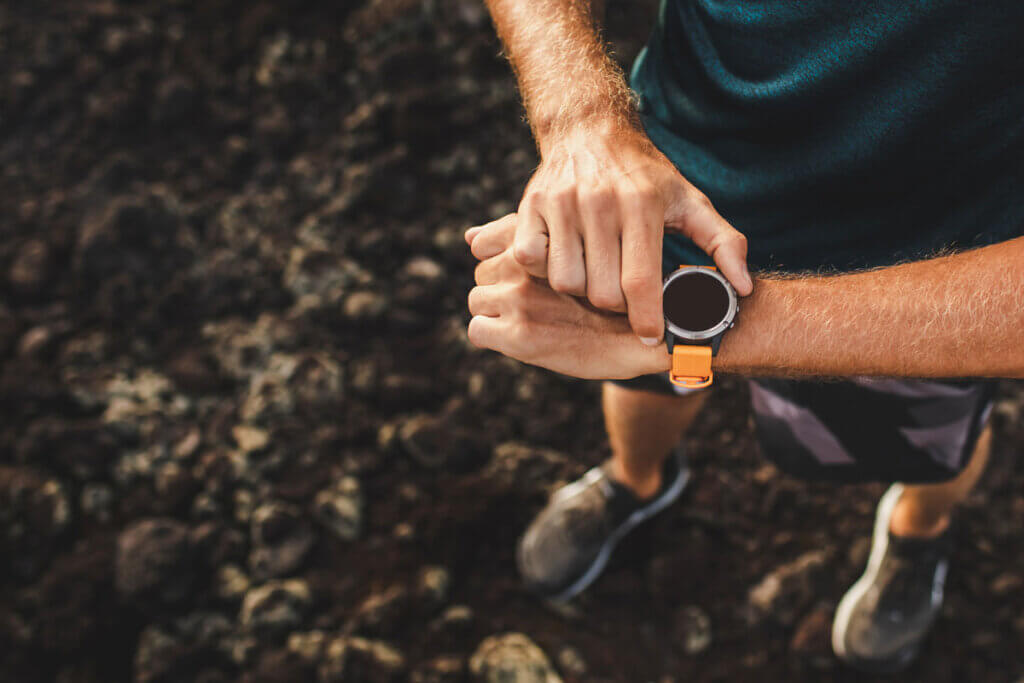
You can also choose between colourless displays and multi-coloured displays. High-quality models with high-contrast displays make it possible to see the values at all times, even in strong, direct sunlight.
Compatibility
If you want to use a model with an app or save your readings, you should check whether the watch is compatible with your smartphone or tablet. Find out whether there is a corresponding app for your mobile device. Manufacturers usually provide the relevant information on the product page.
Useful extra
Some sports watches come with a chest strap. This helps you to determine your vital signs even more precisely. For example, by measuring your heartbeat, you can create an electrocardiogram and adjust your personal training even better to your body. The chest strap measures the data in real time. However, do not wear it too tightly or in the wrong place, otherwise it can hurt and not provide valid values.
The different models
Not every sports watch is recommended for every sport. The fitness fan has different requirements for the device than the casual runner. And for the passionate Nordic walker, other criteria are important than for the cardio or cycling athlete.
High-quality training partner: the triathlon watch
These devices are aimed, among others, at experienced endurance athletes who practise the popular multi-discipline sport. Since triathletes cycle, swim and run, triathlon watches have to withstand the special demands of all these sports and be equipped accordingly. The models are among the most expensive sports watches. Good entry-level triathlon watches are rarely available for less than 200 euros. High-quality brand-name devices with a corresponding range of functions usually have a price tag of more than 800 euros.
Suitable for
- Cycling, swimming and running competitors
- Triathletes
- Athletes who expect highly professional, reliable performance recording
Unsuitable for
- Amateur and occasional athletes
For walkers and joggers: the running watch
Joggers need a reliable running watch for adequate fitness and training analysis. It allows them to monitor and improve their running style and performance. The most important functions of a running watch include the documentation and evaluation of speed, distance run and heart rate. High-performance running watches that reliably meet these requirements are already available for a price of around 100 euros. For novice runners, a cheaper product may be worthwhile. Many hikers are also often satisfied with the GPS function. Simple fitness trackers usually cost less than 50 euros.
Suitable for
- Leisure and occasional runners
- Hikers
- Cardio athletes
- Nordic walkers
Unsuitable for
- Professional runners
- Swimmers and cyclists
Personal assistant and motivator: the fitness watch
These sports watches are suitable for all those who need more motivation – in the form of numbers and data. Fitness watches take on the role of a personal trainer, remind you of training times and check whether you have reached your daily goal. A pedometer and sleep evaluation are among the essential features of fitness watches, which often lack classic sports functions such as a stopwatch. Pulse monitoring is also not standard on all models. Fitness watches and wristbands help you stay sporty, healthy and fit. The price range of pure fitness watches goes from 20 to about 200 euros.
Suitable for
- Work-out and aerobics fans
- Gym goers
Unsuitable for
- Endurance athletes
- Professional runners, swimmers and cyclists
Intelligent everyday companion: the smartwatch
As a useful and extremely smart assistant, it is the extended “arm” of the smartphone: the smartwatch. Since most smartwatches also have basic sports functions, they are called a mix of fitness tracker and smartphone. Some users see them as a trendy status symbol and stylish fashion accessory. Among other things, it informs you about new mails, text messages and calls, social media notifications as well as chat and push messages. The device is connected directly to your smartphone via Bluetooth.
Suitable for
- Recreational athletes who do not want to do without their smartphone
- Athletes who value a fashion-conscious accessory
Unsuitable for
- Triathletes and other professional athletes
- Amateur athletes

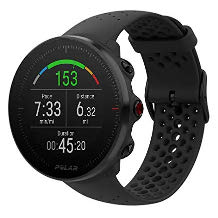
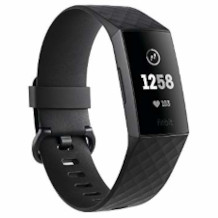
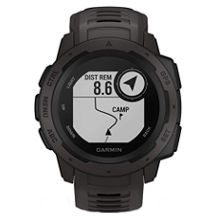
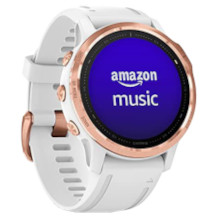
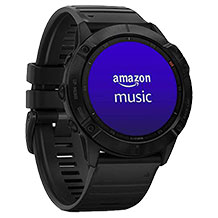
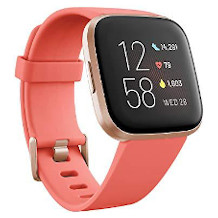
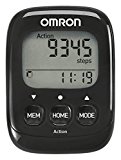
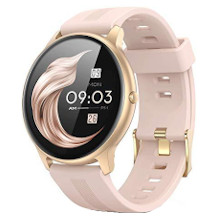


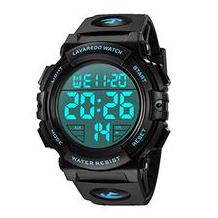
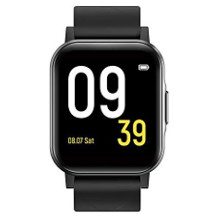

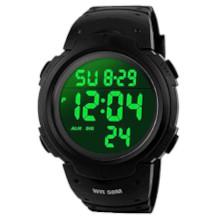
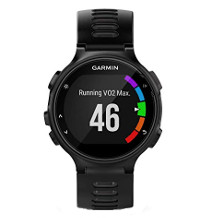
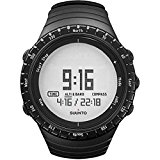
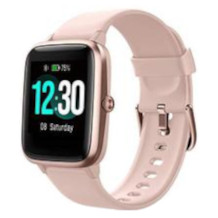
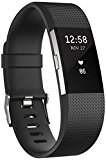

 7,327 reviews
7,327 reviews